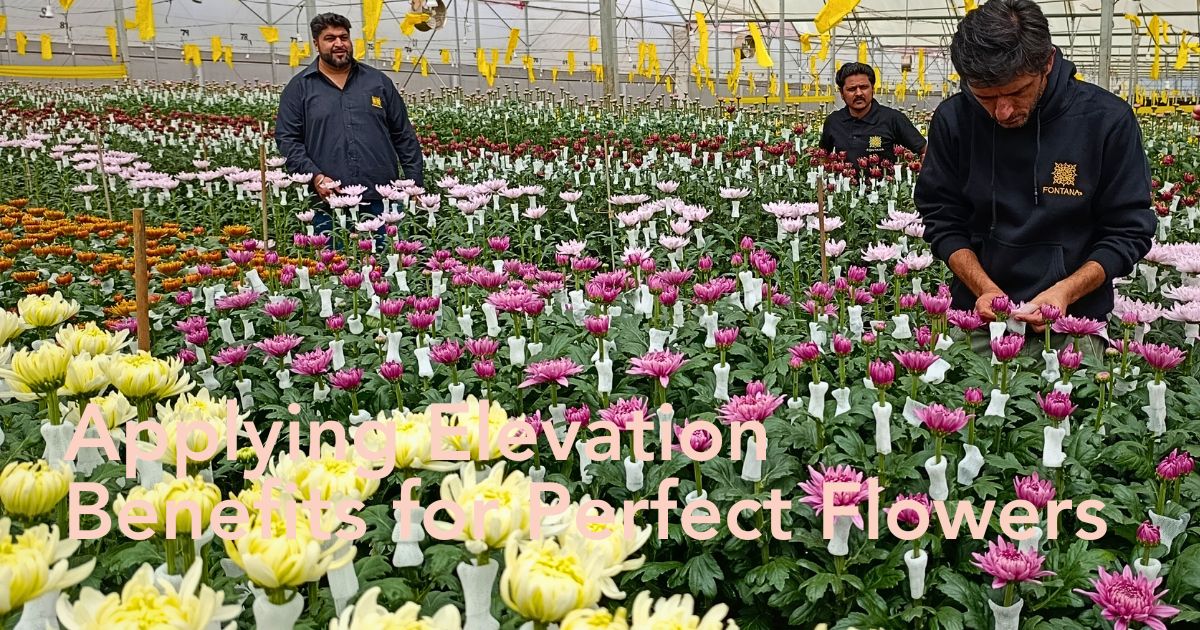You've probably wondered how Fontana Group's flowers maintain that premium edge, why they ooze that glamorous magnetism, or why they seem to appeal whenever. Could it, perhaps, be where and how they grow their flowers? While most growers may opt to develop horizontally across the landscape, for Fontana, it seems they think vertically. Thriving while climbing. At altitudes of between 2,300 and 2,600 meters, their flowers thrive where elevation itself seems to be the key stimulation. Of course, there are other factors at play as well.
At Fontana, Altitude Makes a Difference in the Quality of Flowers
Here's the thing about altitude—it is like a natural flower enhancer. As one climbs, elevation tends to bring out the best in flowers. High altitude slows down growth, meaning longer stems, more elaborate petal formation, larger bloom sizes, and enhanced durability.

The reduced atmospheric pressure at high altitudes? It forces plants to work harder, developing more robust cellular structures and concentrated colors. That intense UV radiation activates protective mechanisms, resulting in petals of unique substance and longevity. And those cool nights slow cellular processes to a crawl, forcing flowers to then focus their energy on developing thick, substantial petals and intense pigmentation.
It is what one might call ‘beautiful stress’—every 50 meters of elevation change enhances flower color, size, and other qualities. In altitude, Fontana seems to have, therefore, found a flower cultivation panacea, growing flowers so different from those grown at lower elevations. Markets and European auctions have learned to recognize the distinctiveness of their flowers.
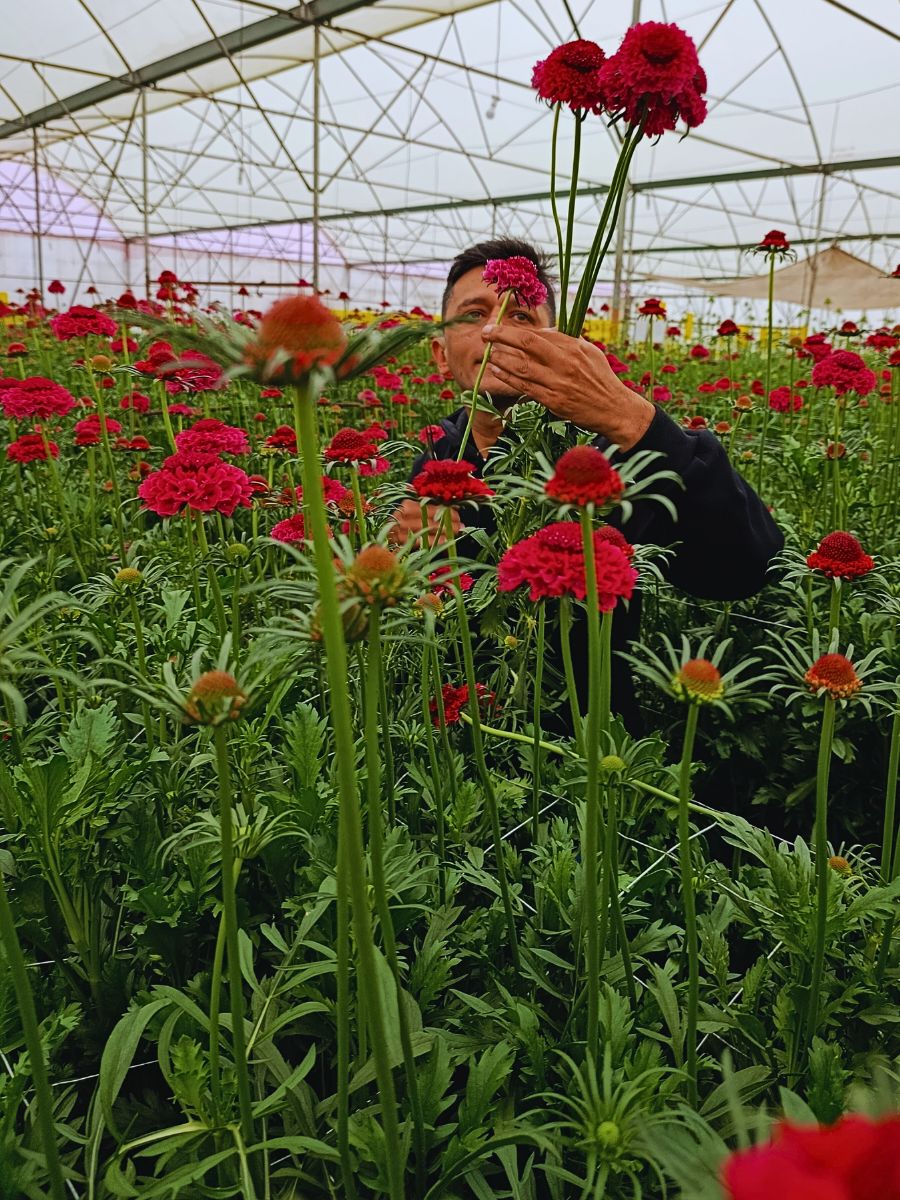
Four Farms Telling Four Different Stories
Across more than 180 hectares of precision-controlled flower cultivation, Fontana's farms are seemingly deliberately and tactically located. Each occupies a perfect atmospheric niche where altitude makes all the difference. But here's what is fascinating: each farm has its own personality, its own way of harnessing those highland advantages.
Ayana Farm, Perhaps, the Peak of Perfection
In the Mau Narok area, on the edge of Kenya's renowned Mau Forest Complex, 41-hectare Ayana sits at 2,600 meters, making it one of the highest commercial flower farms in Kenya. Think about that for a moment. This means atmospheric conditions so rarefied that the flowers themselves seem to speak of how elevation influences them.
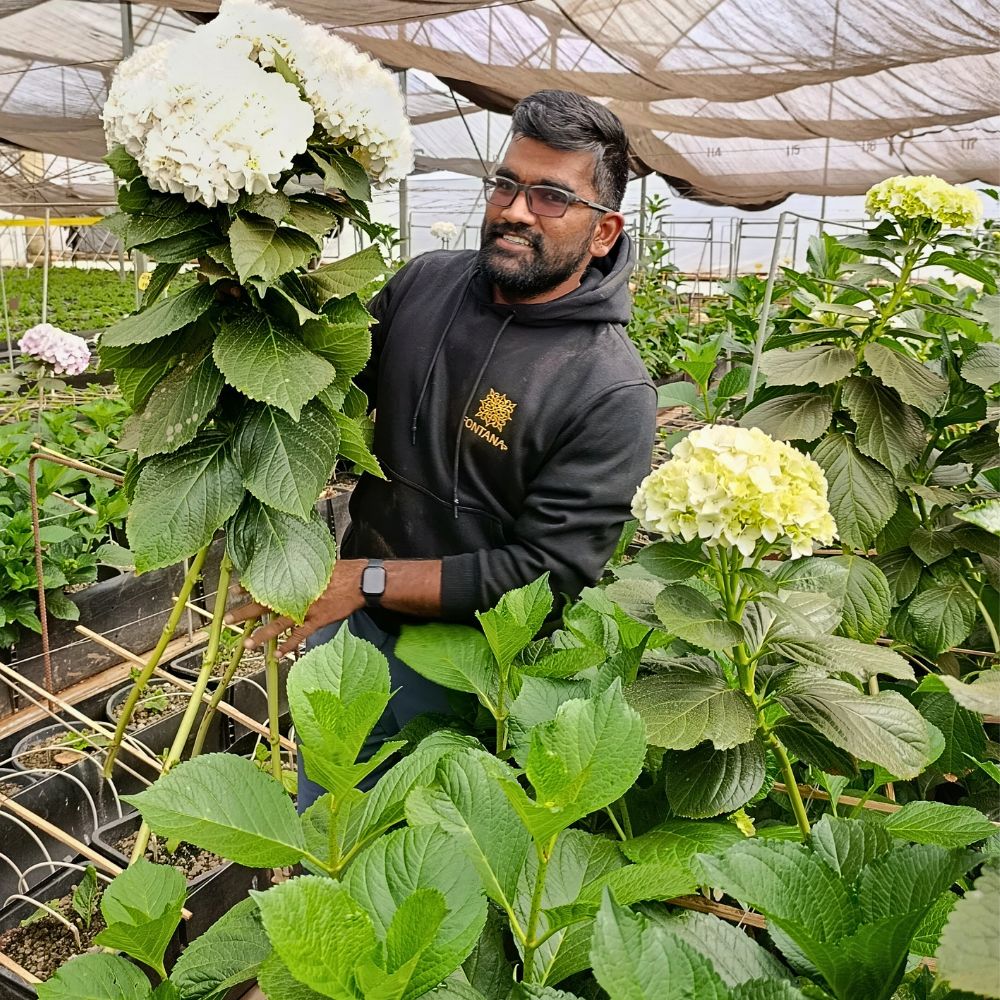
This 35-hectare farm, established in 2010, does not just grow flowers—it forges them in conditions that would challenge most plants. The region's unique position in the Great Rift Valley benefits from the Mau Escarpment's stabilizing influence, creating a natural climate control system that moderates weather patterns. But what really makes Ayana unique is its experiencing the most dramatic day-night temperature variations of all Fontana farms—approximately 21.1°C during the day, followed by nights so crisp they maximize every benefit altitude can offer.
The soils here are exceptionally rich in minerals from surrounding volcanic activity, while the forest nearby purifies the air, creating micro-weather patterns with consistent humidity. The result? 17 varieties of T-hybrid roses producing stems and heads that seem naturally designed for the most discerning florists.
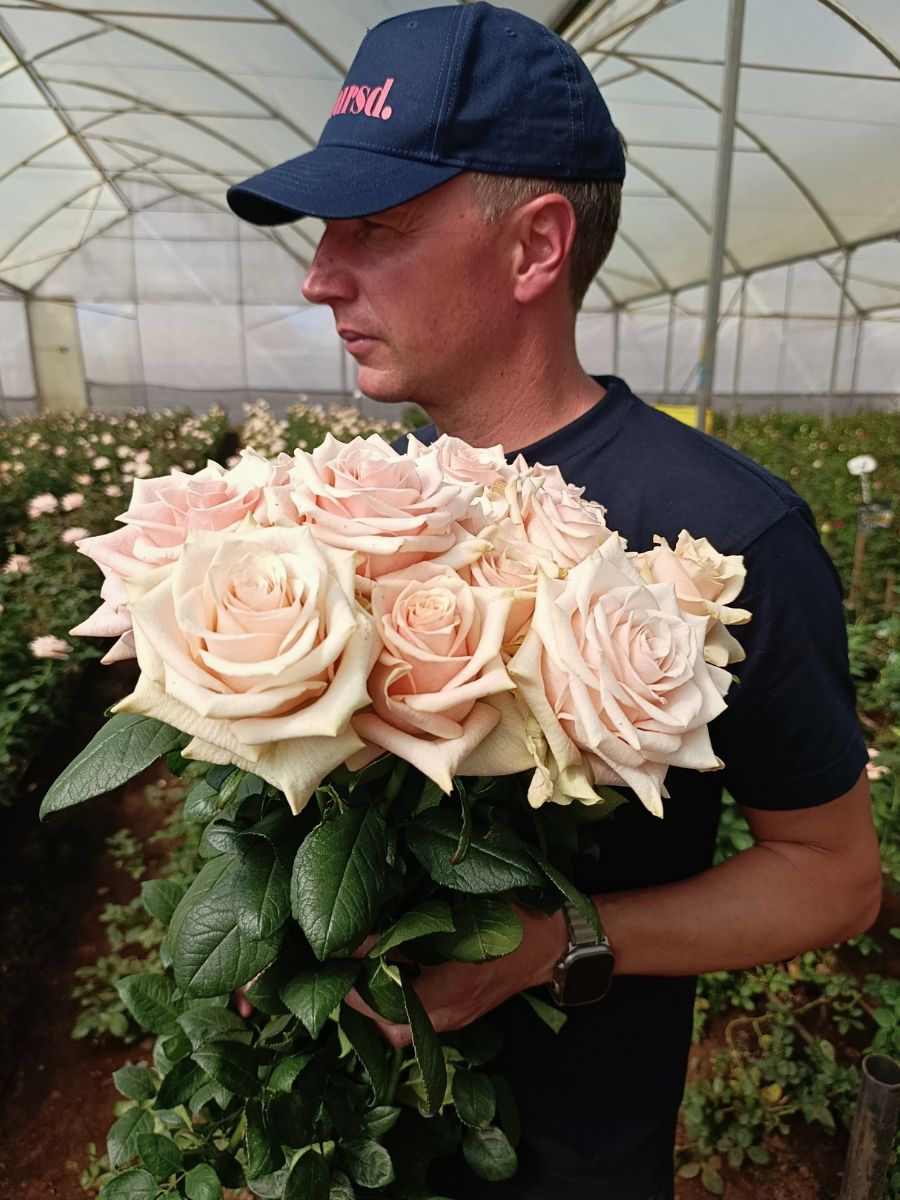
Akina Farm, Precision at the Perfect Altitude
Just outside Nakuru Town in Njoro, Akina operates at what one might call the Goldilocks altitude—2,350 meters. Not too high, not too low, but just right. Established in 2007 as one of the first high-altitude rose farms in the region, this pioneer developed innovative approaches that became industry standard across Kenya's flower scene.
What makes Akina special is not just its moderate altitude, it is how that altitude puts it in Kenya's rose-growing ‘sweet spot’. High enough for those essential temperature differentials and intense solar radiation that highland roses crave, yet moderate enough for intermediate varieties that need benefits without extreme conditions. Plus, Lake Nakuru provides a natural temperature buffer, preventing those erratic swings that can stress delicate varieties.

Here is where Fontana's innovativeness really shows. 80% of roses are grown using hydroponic systems, and 20% in traditional soil. It is an approach that maximizes the benefits of both methods while maintaining flexibility for changing market demands. And those 17 hectares of greenhouses? They harness Kenya's equatorial location for consistent 12-hour daylight year-round, eliminating expensive artificial lighting needed in higher-latitude regions.
Alisha Farm (Mau Flora), Where the Highlands Create Perfection
At 2,400 meters in Molo's Turi area, Alisha shows how cutting-edge cultivation can blend beautifully with traditional farming. Established in 2013, this flower farm makes evident how flowers can thrive alongside other agricultural pursuits—varieties of spray and standard roses sharing space with dairy operations in what might be agriculture's most scenic setting.

Molo sits on highlands overlooking the Great Rift Valley, creating a natural amphitheater of growing conditions. What is particularly interesting here is how the integration works—since production space shares with dairy operations, byproducts feed into vermicomposting, providing organic fertilizers in a perfectly circular approach in a sustainability model that runs throughout Alisha.
Still, sustainability-wise, 70% of electricity at Mau Flora comes from solar power, while an impressive rainwater storage system works alongside computerized drip irrigation and tensiometer technology to optimize water and fertilizer distribution, thus minimizing environmental impact.
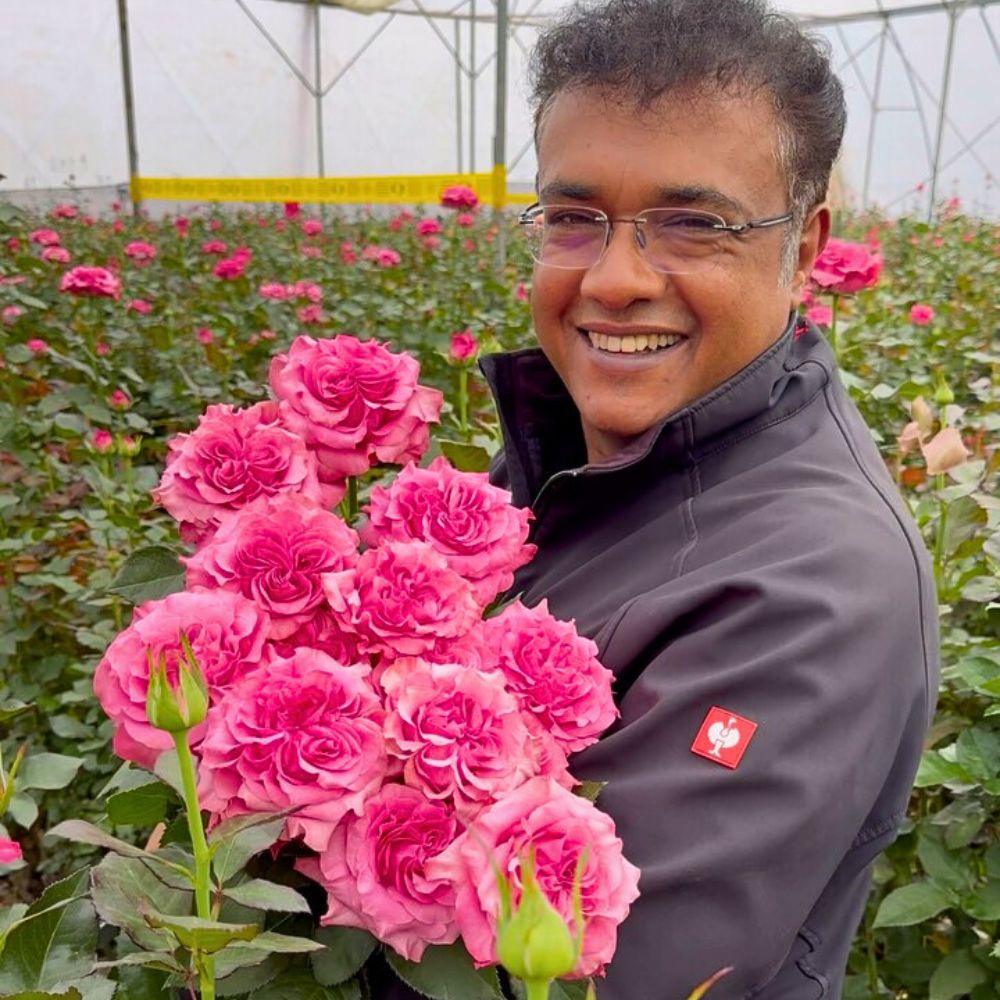
DIYA, the Crown Jewel Right at Mount Kenya’s Foothills
Perhaps the crown jewel of Fontana's collection, DIYA sits at 2,450 meters on Mount Kenya's slopes—among some of Kenya's highest rose-growing operations. But altitude alone does not tell DIYA's story. This farm’s location is made even more unique by being in a completely different climatic zone from Fontana's other operations.
While other farms benefit from volcanic soils and lake-influenced weather patterns, DIYA enjoys mountain-influenced conditions from Mount Kenya's northern inclines. This creates different rainfall patterns, diverse temperature ranges, and most importantly, distinct light and air quality that seems to nudge roses toward exceptional performance.
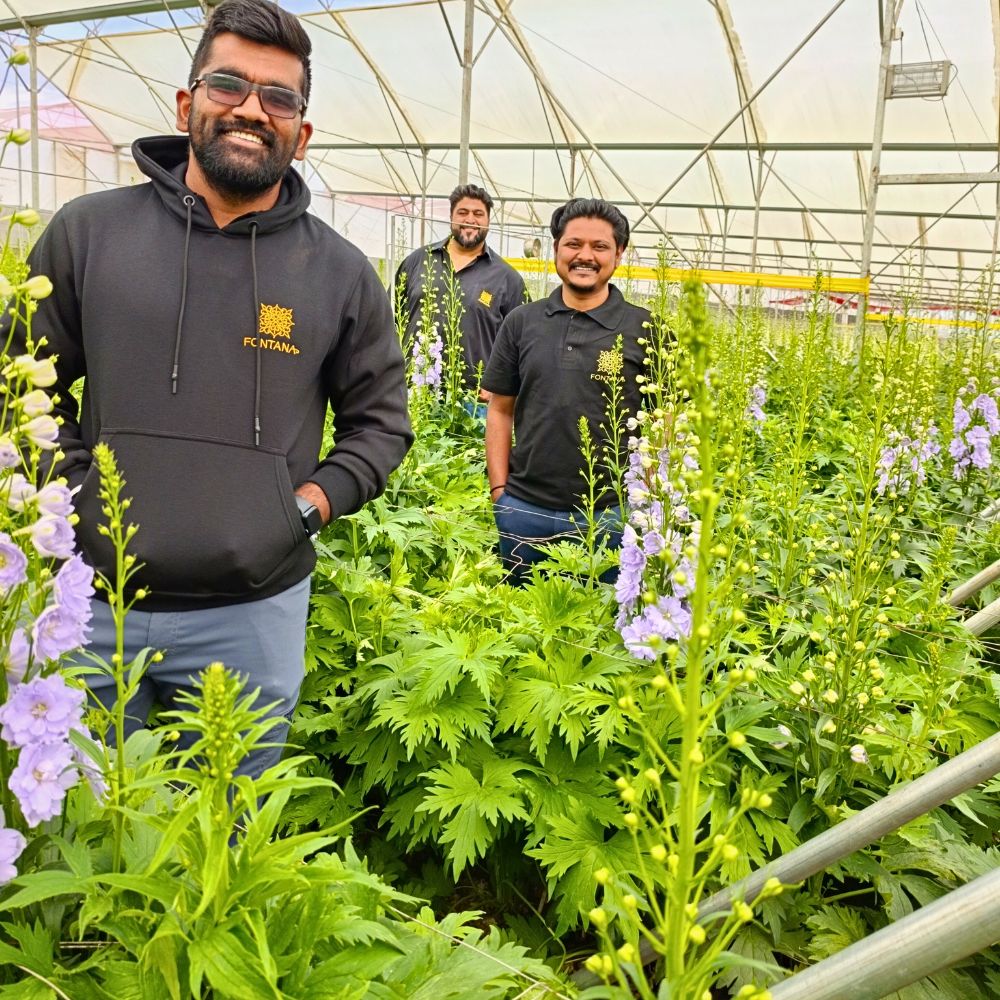
Temperatures here fluctuate between a comfortable 16°C and 25°C, while the mountain's effect creates longer, more stable growing seasons. This allows flowers to build the kind of cellular density and color concentration that makes florists take notice. DIYA boasts an exclusive range of varieties suited specifically for these elevated mountain conditions: both traditional favorites and experimental varieties thrive in this distinctive environment.
Perfection Through Altitude Is, Definitely, Fontana’s Secret
What puts Fontana's flowers at the premium level is not just their individual farms, but how these distinct altitude zones work together to create perfect flower-growing ecosystems. The unique climate conditions allow for growing exquisite roses and other flowers, ranging from intermediates to standard, and large T-hybrids, with unique qualities.
With more than 120 commercial varieties from different breeders, Fontana's genius, as one can tell, lies in matching different varieties to conditions perfectly suited to their specific needs. This is all reflected in the growers' consistently exquisite catalogue.

